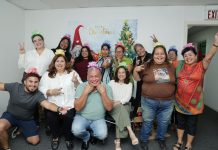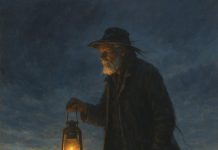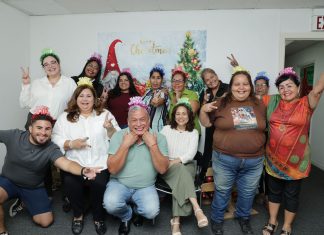Booking a magical glimpse inside Etnia Nativa
Article by Etnia Nativa call us 592 2702 and book your experience!
Etnia Nativa is a unique native gem on the island, combining education and entertainment to share interactive experiences with a select few. Book your private visit and tour a beautiful property made with reused materials collected by the owner, an Aruba’s cultural expert. Get to deep into the navel of the island. During this new episode, Etnia Nativa elaborates a bit about Aruba’s agro-potters ancestors, who approximately 3000 to 2500 BCA started a migration from out the South American continent. They were settlers from the Amazon-Orinoco river basins who began their journey and, in time, colonized the Caribbean island in various waves of migration using seaworthy dugout canoes.
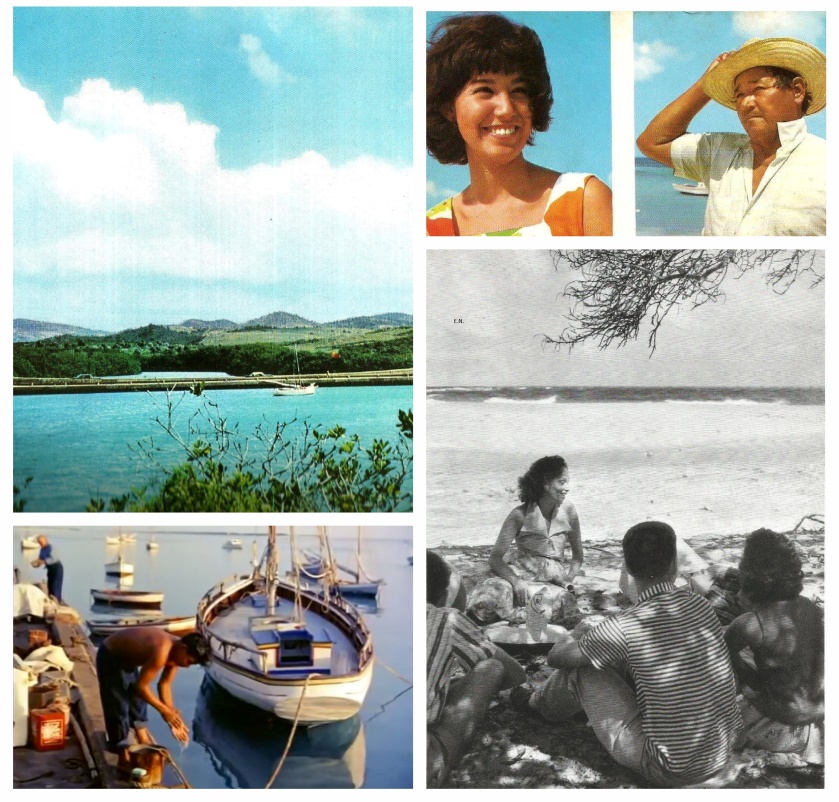
Many of these groups chose the river systems to reach the Atlantic Ocean in order to reach the Caribbean Sea. They had to revamp their river vessels into seaworthy canoes capable of traveling alongside the coastline and the open sea. In the case of reaching our ABC islands, it was way easier since you could see Aruba from the continental coast of the isthmus of Paraguana, Curacao from out Aruba, and Bonaire from out Curacao. However, it is believed that these newcomers heard of our island through the much older hunters and gatherers that had already settled in these areas thousands of years before.
These tropical rain forest farmers were Arawakan-speaking people who colonized the northern and coastal areas of South America and almost all the islands of the Caribbean Sea, transforming our island into an area where slash and burn tropical forest agricultural techniques were introduced to complement their existence. An agriculture method of clearing the land of its original vegetation for agricultural purposes associated with the cultivation of manly tubers, such as yuca, yams, and sweet potatoes. They also planted a variety of corn, beans, and squashes, as well as medicine plants used in tribal medicine, etc.
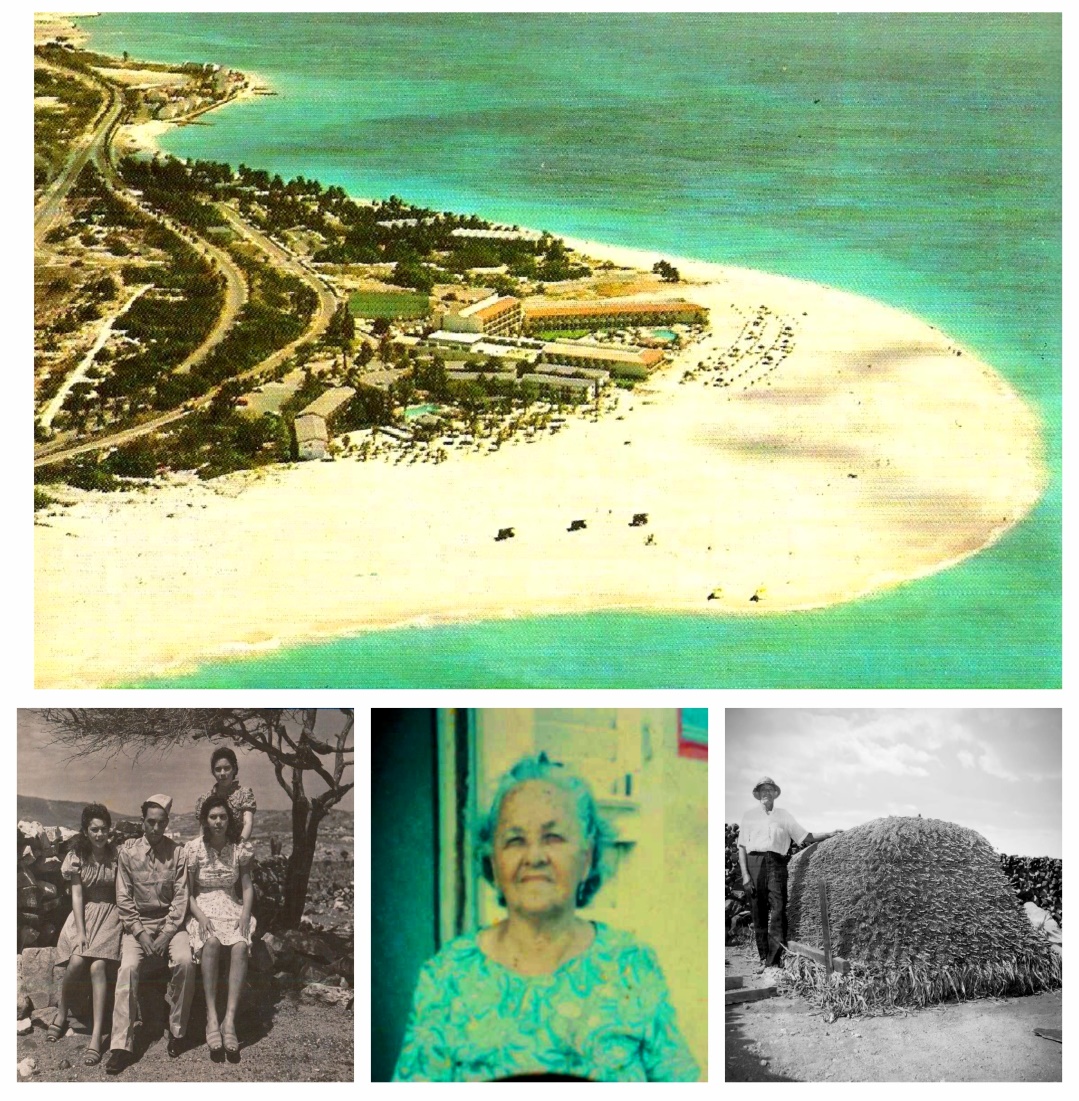
They also knew that many plants that they cultivated could be grinded into flour for conservation and the later elaboration of their main staples, turning them into arepas, cachapas, ayacas, tortillas, etc., like our funchi and pan batí of today.
However, we must mention that a more organized form of agriculture had developed with the later introduction of the American corn, a crop that was developed in Mexico and that changed the world. This cereal, also known as mays, Indian corn, or Zea maize, soon became the catalyst of world cultures; this, together with the ordinary use of clay, slowly transformed into sophisticated ceramic artifacts. In this way, long-lasting ceremonial ornaments were created in gratitude to the sprits of life and fertility.
Arubans are descendant of South American tropical-forest farmers they became the legendary Caquietian tribe and who were the Nobel people that received the Spaniards on the main land on their arrival. The same people who later introduced them to our islands and organized a trading society with the Spaniard Juan de Ampies. People were responding to the main chief, Manaure, who lived on the main land. History mentioned many of his frequent visits to our “enchanted island.” The Caquetio people lived from along the shores of Lake Maracaibo to our islands and are the island’s ancestors of the islands of Bonaire, Curacao, and Aruba.
Spaniards described native Arubans as strong, tall, and handsome, while the women were beautiful with long black hair. The mainland Caquetios and those of our islands were one nation during pre-Columbian times, as archaeological and biological evidence points towards close ties. As many as 800 souls lived on Aruba at the time of the Spanish discovery in 1499.
Curaçao, Bonaire, and Aruba were declared in 1513 “Islas inutiles” (useless islands). Two years later, some 2000 Caquetios from the three ABC islands were taken hostage and transported as captures to Hispaniola to work the mines as slaves (see episode 219: “Where Aruban came from?”). Next Wednesday, Etnia Nativa will share the second part of the Aruban ancestral legacy; don’t miss it!
If you liked our native stories and are interested in learning the true identity of Aruba, a visit to Etnia Nativa would be a fantastic choice. It has been a trend setter since 1994, as a co-founder of projects such as Arikok National Park, the Archaeological Museum, and the Artisan Foundation, among others. Every week, this newspaper continues to share its valuable knowledge. Don’t miss the opportunity to feel the island’s spirit through learning real stories that are not just remembered; they resonate, they’re felt, and they stir souls. Book your visit: WhatsApp +297 592 2702 etnianativa03@gmail.com







